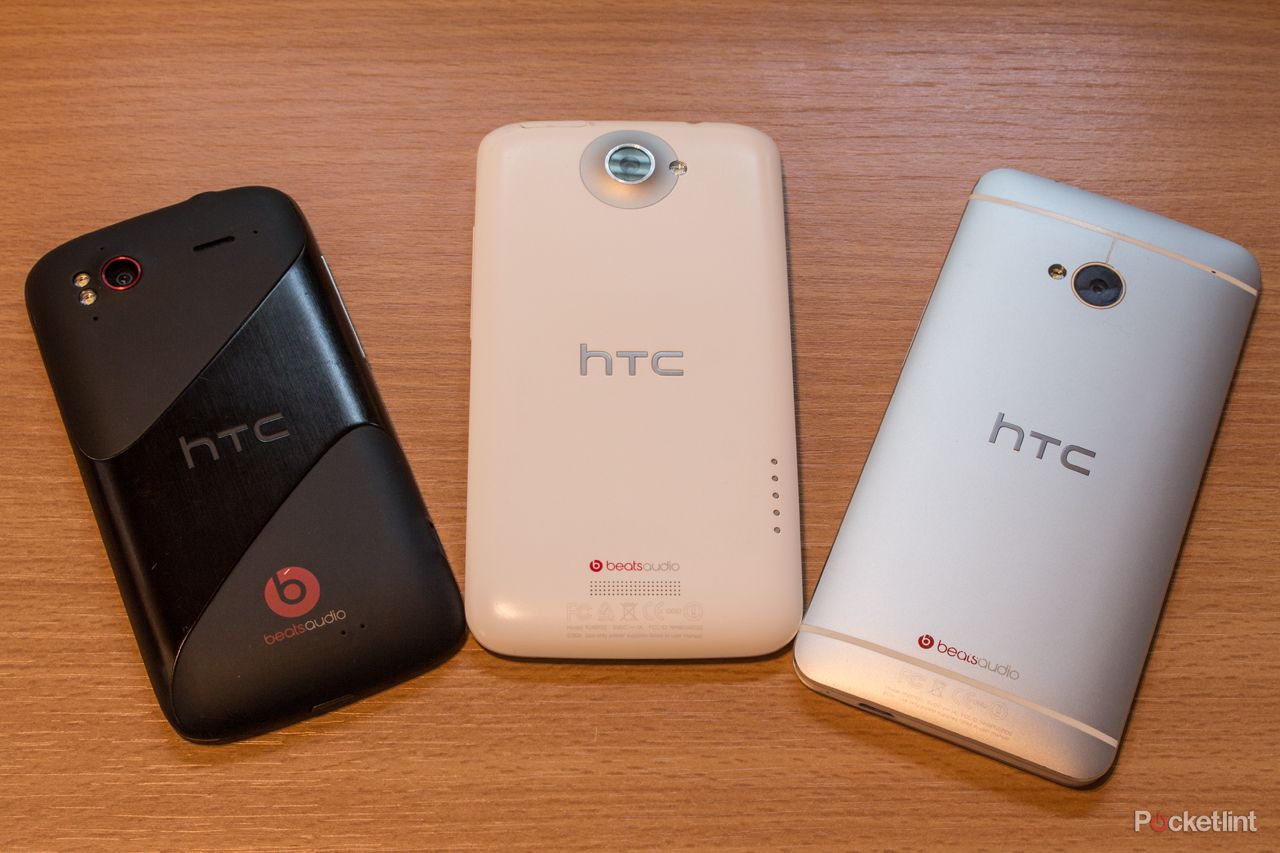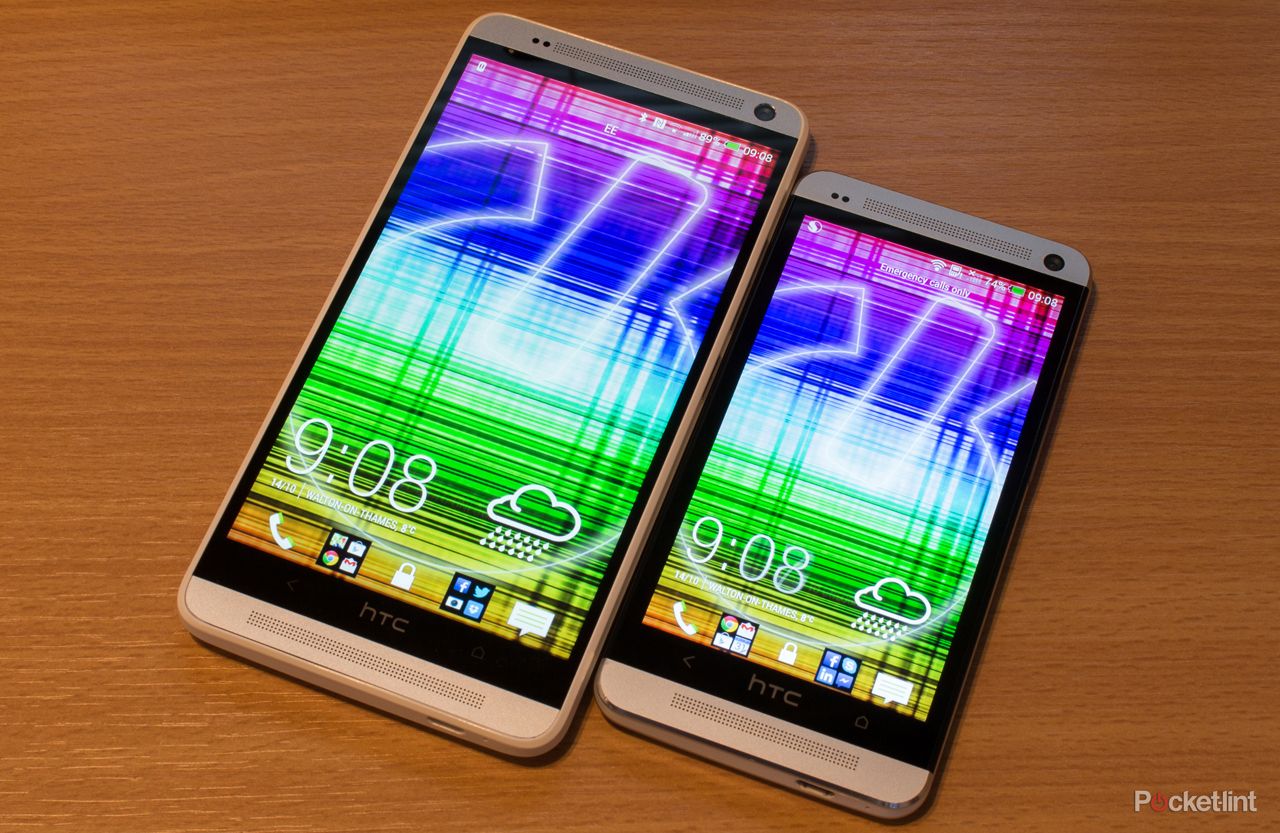HTC has launched the third handset in the One series, revealing its take on the phablet in the HTC One max.
With three devices spanning three sizes - 4.3, 4.7, 5.9-inches - it leaves us looking to the future. Where does HTC take this family from here?
In July 2013 we learnt that HTC was already planning its new flagship, going under the codename of M8.
That follows a sequential numbering system from M7 - codename for the HTC One - but we've yet to see any clue as to what this next-generation device will offer.
READ: HTC One max review
With the 2013 HTC One family out of the way, we've been thinking about where HTC might take its next flagship. Here's how we think it will play out:
The next-gen HTC One (M8) will be launched around spring 2014, close to Mobile World Congress 2014. That's always been the pattern, although HTC broke out and held a separate event on 19 February 2013 in London (and other locations), and we'd expect to see the same thing this year: a flagship launch event for M8.
Flagship smartphone launches are no long events to be tacked on to the side of an industry tradeshow, they are a spectacle in their own right. Just look at Samsung's whacky Broadway SGS4 launch, LG's August launch for the G2. Even Huawei held a dedicated event for the Ascend P6.
HTC knows it got the HTC One design right, so we'd expect the M8 to stick to the same design language, with lovely aluminium bodywork. We'd like to see the colours available instantly though: no one wants to wait for those; it doesn't prolong the excitement for customers.
READ: Best smartphone 2013: The best phones to buy right now
We rate the HTC One as the best smartphone of 2013, but there's now room to improve the HTC One for the next generation: Qualcomm Snapdragon 800 seems an easy prediction to give the device more power, but we'd like to see HTC squeeze a little more display in too.
Following the excellent 5.2-inch display implementation in the LG G2, we suspect that HTC will be looking to put more display in the next-gen HTC One, perhaps a bump to 5-inches, limited by the desire to keep the BoomSound speakers.
BoomSound gives HTC best-in-class speakers and it would be foolish to ditch it, but it dominates the design around the display. The challenge is to get that display in without swelling the device too much. We think it can be larger, but not by much.
HTC has attracted some criticism for the UltraPixel camera. Making the pixels larger was the right move, but we suspect that next will be a move to make the sensor larger too. Perhaps a modest bump in the total number of pixels, a move up to 8MP, although there's a conflict here: it would look like backtracking on the original thinking and marketing behind UltraPixel.
For the next-gen HTC One mini (the M5?) HTC will stick to the small display, but should address the power issue with current handset. If you look to the Sony Xperia Z1F you'll find all the power in a small package, a device that's physically smaller, but not lesser in other areas. We'd love to see the HTC One mini do the same thing: smaller in the pocket, but just as potent.
As for the next HTC One max (the T7?), we're less sure as we feel it's the weakest of the One family, but again, a boost in internal specs to make it up-to-date at launch would be welcomed. Given how big the current model is, shrinking the display a little might bring lots of benefits: it would be more manageable, smaller, lighter, but still with plenty of display space. Perhaps matching the 5.7-inches of the Note 3?
All these things will cost you though, so if HTC does what we'd like it to, you'll still find the Taiwanese company's handsets to be among the more expensive, but you should be looking at a premium experience across the board.
Of course, this is all speculation at the moment, but we'll bring you all the details as and when we learn them.



